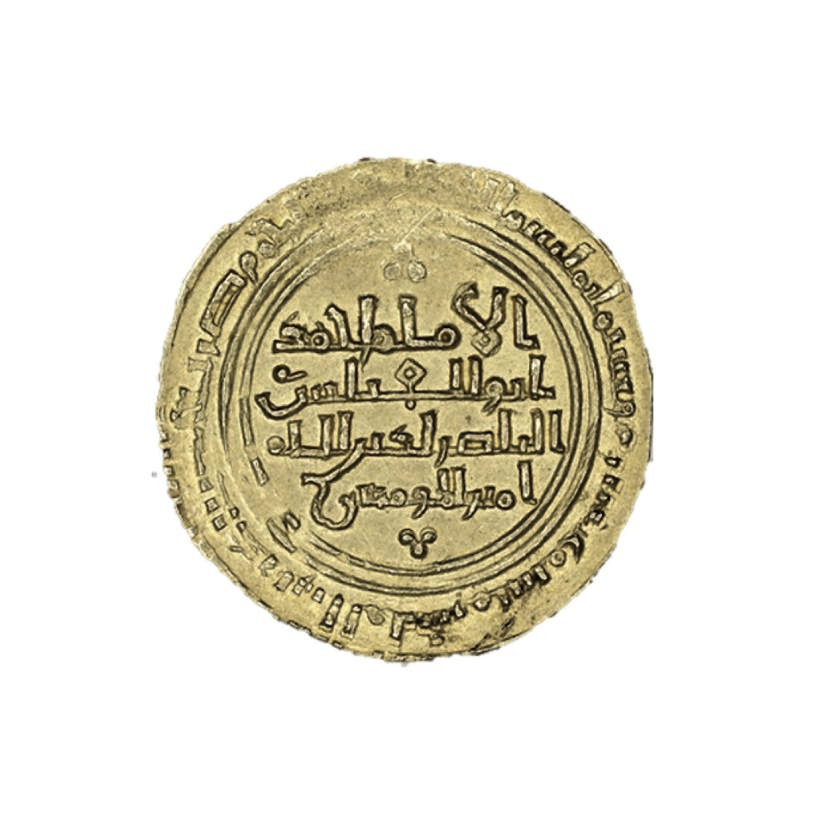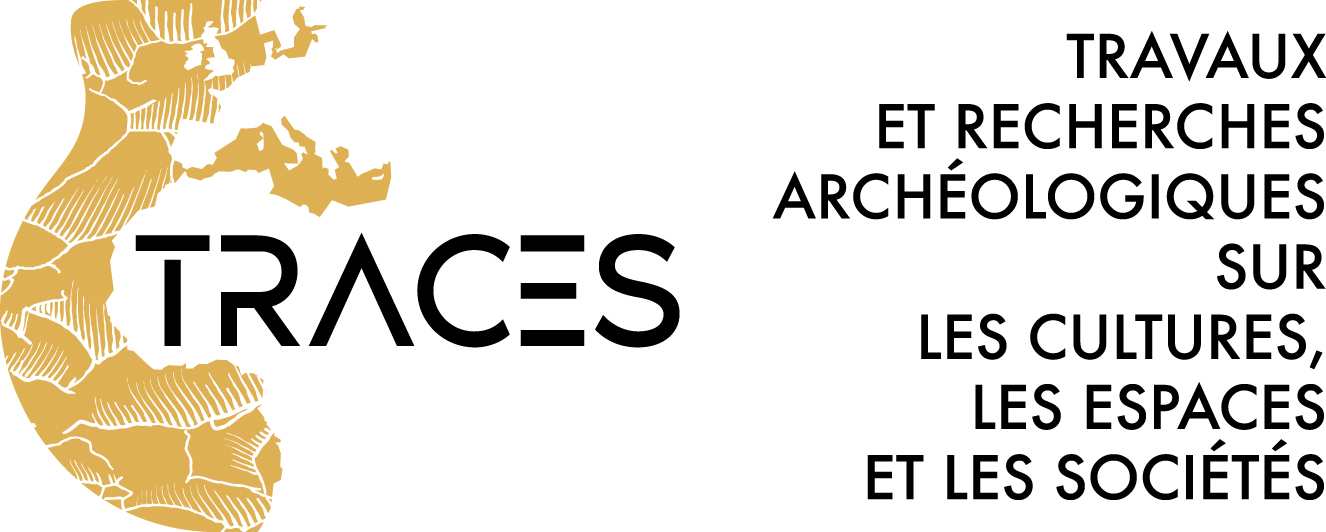-
Partager cette page
Development of a multi-isotopic (Pb, Fe, Cu) analytical protocol in gold matrices for ancient coin provenance studies

Un article de L. de Palaminy et al.
The elemental analysis of ancient gold items in the context of provenance studies in archaeology and history may characterize metallic stocks and highlight metal circulation in a given space and time; however, they cannot point to a specific geological province and/or ore. In contrast, isotope analysis may offer valuable insight into provenance studies. For instance, lead isotopes may provide relations with the geodynamic provinces of the host mineralizations and some insight into their timing. Iron and copper isotopes may give information on the ore type, i.e., supergene versus hydrothermal or igneous. We thus adapted a single column separative chemistry, initially intended for silicate rocks, for ancient gold matrices to recover purified fractions of Pb, Fe and Cu based on anionic exchange chromatography. Isotopic measurements of these elements on new home-made gold standards, as well as on ancient gold test coins, were carried out using Multi-Collector – Inductively Coupled Plasma – Mass Spectrometry (MC-ICP-MS). Our results show that it is possible to obtain precise and accurate measurements of Pb, Cu and Fe isotope compositions in gold matrices reflecting various elemental compositions. We characterized our gold test coins with the following uncertainties: ±0.036 on 208Pb/204Pb, ±0.016 on 207Pb/204Pb, ±0.019 on 206Pb/204Pb, ±0.00041 on 208Pb/206Pb and ±0.00006 on 207Pb/206Pb (2SD; n = 14); ±0.047‰ for δ57FeIRMM14 (2SE; n = 15) and ±0.043‰ for δ65CuSRM976 (2SE; n = 12). These uncertainties are in good agreement with the long-term (>1.5 years) reproducibilities (2SD) estimated in the course of this study on the basis of repeated measurement of in-house standards. The potential of these new tracers in addressing archaeological and historical questions, such as the provenance of ancient gold coins, is then emphasized. The combination of Pb, Fe and Cu isotopes with gold chemistry appears particularly promising.
de Palaminy, L., Poitrasson, F., Baron, S., Blet-Lemarquand, M., & Perrière, L. (2024). Development of a multi-isotopic (Pb, Fe, Cu) analytical protocol in gold matrices for ancient coin provenance studies. Journal of Analytical Atomic Spectrometry. https://doi.org/10.1039/D3JA00312D
Louise de Palaminy est doctorante en archéologie à l’université Toulouse 2-Jean Jaurès. Sa thèse de doctorat s'intitule Circulation et provenance de monnaies d'or aux périodes anciennes tracées grâce au développement des mesures des isotopes du plomb, du cuivre et du fer in situ.






